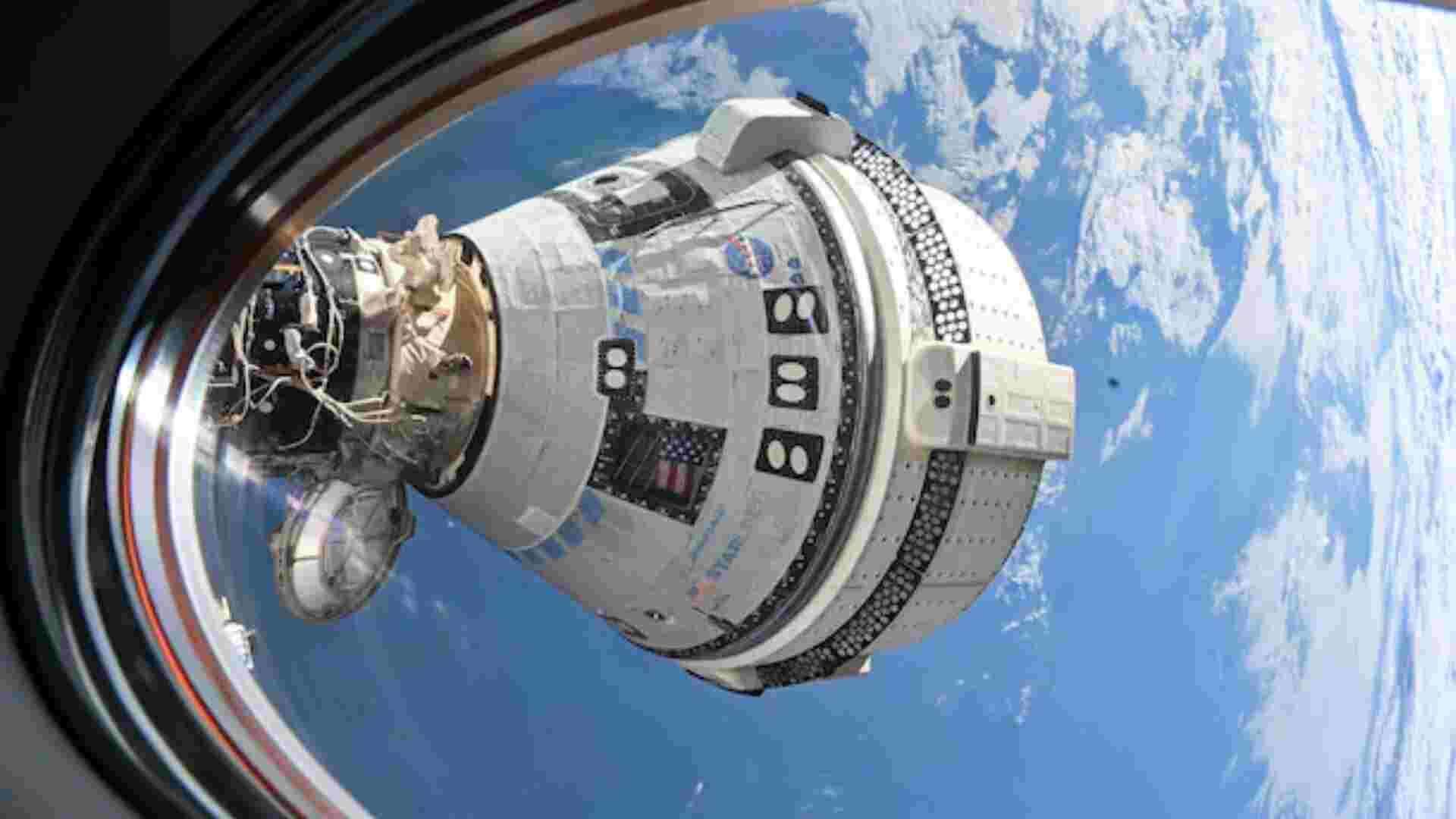The Boeing Starliner, which carried Indian-origin NASA astronaut Sunita Williams to the International Space Station (ISS) on June 5, is set to return to Earth without any crew members onboard. This decision comes as a result of ongoing issues with the spacecraft, despite it being heralded as a space capsule designed by astronauts for astronauts. The uncrewed return is scheduled for September 6, with the Starliner expected to land about six hours after it undocks from the ISS.
Background on the Mission
The Starliner, which faced significant delays during its development, was on its first crewed test flight carrying Sunita Williams and Barry “Butch” Wilmore. Initially planned as an eight-day mission, the astronauts’ stay on the ISS has been extended due to propulsion problems with the Starliner. NASA announced on August 24 that the astronauts will remain aboard the ISS until February 2025, while the spacecraft will return to Earth without them.
NASA and Boeing’s Decision
The decision to return the Starliner uncrewed was made during a “tense” meeting between NASA and Boeing officials. NASA Chief Senator Bill Nelson, a former astronaut, explained, “Spaceflight is risky, even at its safest and most routine. A test flight, by nature, is neither safe nor routine. The decision to keep Butch and Suni aboard the ISS and return the Starliner without crew reflects our commitment to safety – our core value and our North Star.”
Boeing, however, remains confident in the spacecraft’s capabilities. The company stated, “We continue to support NASA’s requests for additional testing, data, analysis, and reviews to affirm the spacecraft’s safe undocking and landing capabilities.” Boeing’s statement highlighted that 27 of 28 RCS (reaction control system) thrusters are operational, and the spacecraft’s propulsion system is functioning with stable helium levels.
Safety Concerns and Requirements
NASA’s decision reflects a cautious approach following past tragedies, including the Challenger and Columbia space shuttle disasters. NASA emphasized that the “uncertainty and lack of expert concurrence does not meet the agency’s safety and performance requirements for human spaceflight.”
The Starliner, known for its advanced design and safety features, was named ‘Calypso’ by Sunita Williams, inspired by Jacques-Yves Cousteau’s famous exploration vessel. The spacecraft is designed to accommodate up to seven crew members but will typically carry four to five for NASA missions. Each crew module is intended for up to ten missions, while service modules are used only once.
Development Delays and Costs
The Starliner’s development has faced delays and exceeded its budget. NASA awarded Boeing a $4.2 billion contract in 2014 to develop the spacecraft, which only conducted its first human spaceflight in June 2024, a decade later. In contrast, SpaceX, which received a similar contract for its Crew Dragon, has been successfully ferrying astronauts since 2020 at an estimated cost of $2.6 billion.
Despite the setbacks, NASA’s chief expressed full confidence in the Starliner’s continued development, noting that Boeing will bear the additional costs of certification due to the fixed-price contract.
Recent Issues
The Starliner has also been in the news for “strange noises” reported from the spacecraft, which were later identified as feedback from a speaker.
Sunita Williams and Barry Wilmore are expected to return to Earth aboard a SpaceX Crew Dragon, reflecting the ongoing collaboration between NASA and private space companies.







